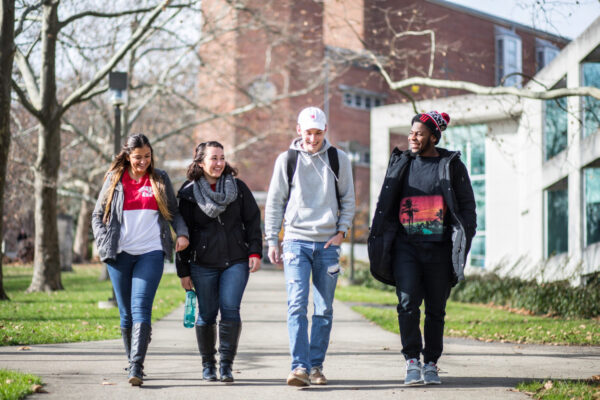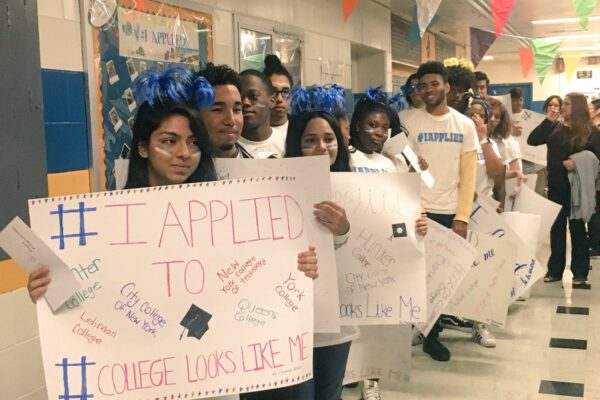Why Do Rural Students Remain Underrepresented in Higher Education? A New Article Tackles Research, Practice, and Policy Around Rural College Access
Title: A Systematic Review of Research on Rural College Access Since 2000
Author(s): Stephanie Sowl and Andrew M. Crain
Source: The Rural Educator
A recently published review of research on rural college access offers policy and practice implications to support rural student college enrollment. The review seeks to improve rural student representation in higher education, as data shows rural students enroll in college at lower rates than their urban and suburban peers.
The authors outlined several findings within their review of research;
- College aspirations for rural students were influenced by attachment of students to their family and geographic region; college-going messages from family, school, and community members; academic self-efficacy and preparation of students; socioeconomic status; and perspectives about local labor markets.
- Actual rural student college enrollment was impacted by the education level, expectations, and support of parents; participation in college prep activities; and relationships to family and community members who held postsecondary credentials.
- The authors also discussed that structural factors, such as fewer AP course opportunities, geographic isolation, and proximity to postsecondary institutions, impeded rural college access.
- While limited within the literature, holding the identities as both rural and a Student of Color, woman, and/or LGBTQ+ created specific college access experiences and barriers for such students.
Based upon their findings, the authors described policy and practice-related implications:
- Take into account geography (e.g., rural, urban) of regions when designing and implementing college access and education policy initiatives
- Enhance funding for rural school college-going activities like dual enrollment courses, AP classes, and college access programming
- Enhance job growth in rural areas, particularly for jobs that require a college degree
- Involve family and community members in rural college-going processes, including offering knowledge to parents and families about college choice and financing options
- Build relationships and partnerships with local rural postsecondary institutions and businesses and organizations that have staff with college degrees
- Listen and engage with rural students themselves, in order to foster a college-going culture, including talking about college early
- Understand structural obstacles rural Students of Color and low-income students face
- Incorporate place-based learning in rural college access policy and practice to focus on issues local to each particular rural region
To read the full article, click here.
—Ty McNamee
If you have any questions or comments about this blog post, please contact us.


